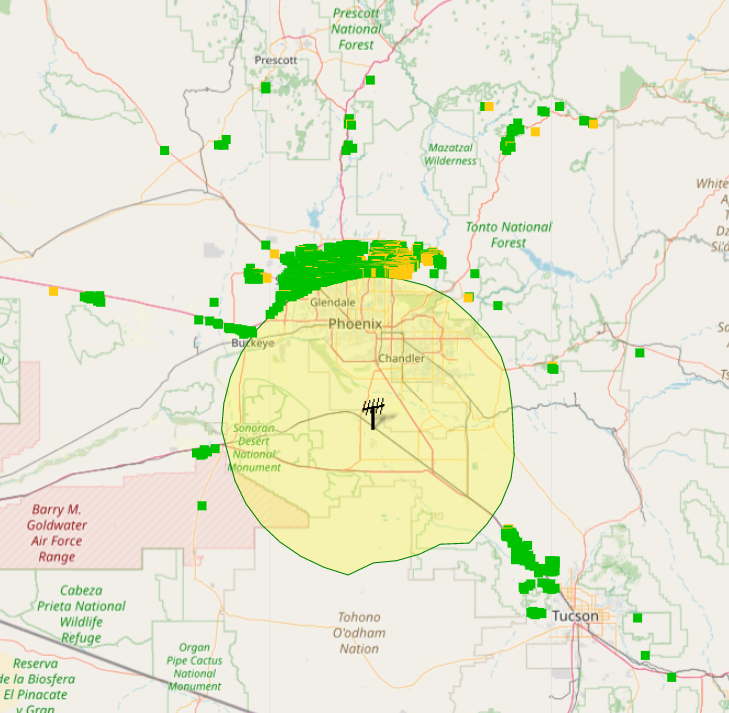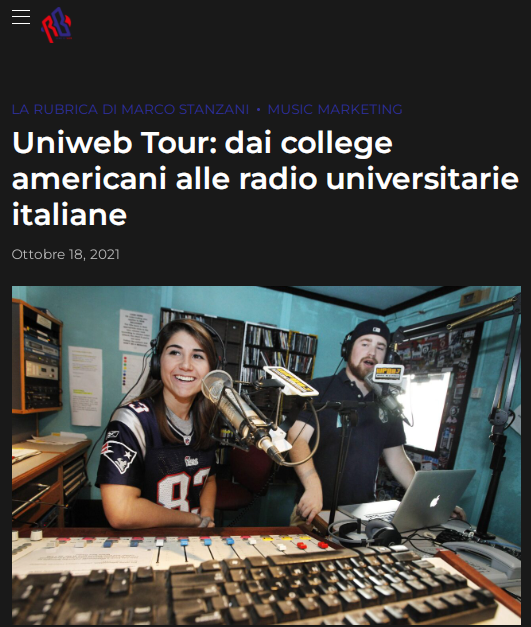
Source
It comes full circle, Michael Mallace told Radio Ink, a US radio newsmagazine. He will direct KVIT-FM, the high school station in Chandler, a city in the Phoenix metropolitan area, where he started his career. In fact, the East Valley Institute of Technology (EVIT) has appointed him as general manager of 88.7 FM The Pulse, the high school radio station that aims to engage students to acquire the necessary skills to make their way in the world of radio. Over the past 30 years, he has run various radio groups in the Arizona capital, not just chasing ratings and profits, but valuing people and nurturing talent.
A very American phenomenon

Source and dsta processing: FMLIST
The Pulse is one of more than four hundred US campus radio stations (one in 15 of the approximately 6400 active FM stations) that have been in existence since the 1960s when the FCC (Federal Communication Commission, the US airwaves regulator) began issuing licences. They operate with an identifier (call number) similar to that of commercial and public stations. In Canada there are 52 of them, in FM and even on medium wave: the first was CJRT, from the Ryerson Institute of Technology (Ontario Department of Education). Known as Jazz Radio, it started in 1949 on 88.3 MHz with a power of 3 kW and today is on 91.0 MHz with 40 kW. The United States and Canada have the largest number of FM student stations, but there are such stations in over 40 countries. Often they operate only on the web because regulations do not offer them space on the airwaves.
Talent hubs and trendsetters

Source
Working in college radio is part of the student experience. Stations are run completely independent but can make use of contributors from the community to which they belong for programmes. Some are set up to train professional radio staff, others to make educational programmes or to be an alternative to commercial and public radio. They often uncover musical trends or emerging artists before they make a name for themselves. One example among many? Music promoter Marco Stanzani writes that Anderson Paak, a pop artist of worldwide notoriety, had been noticed when he was still in the early stages of his career by Italian rapper Mondo Marcio thanks to tracks broadcast on a US college radio station. So much so that since 2010, with his agency Red&Blue Stanzani, he has organised Uniweb Tour – a real live acoustic live tour on the web radios of major Italian universities – to promote the artists he covers.

